Believed to be John Brondon
Share
Explore Our Galleries
Newest Exhibit
Breaking News!
Today's news and culture by Black and other reporters in the Black and mainstream media.
Ways to Support ABHM?
Murdered in: South of Jeffersonville | March 23, 1919
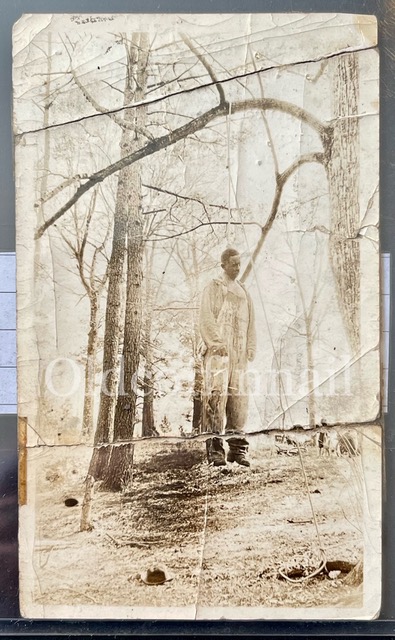
Lynching south of Jeffersonvile, GA on March 23, 1919. Likely John Brondon.
Racial terror lynching was much more prevalent than previously reported. Researchers at the Equal Justice Institute have documented several hundred more lynchings than originally disclosed. This is is just one example of a man's life taken with little to no "official" account and no courage to even share his name.
Researching lynchings and their victims' lives is difficult work, especially seeking information over one hundred years after a reported event. In all of the subject states there is an astonishing absence of any effort to acknowledge, discuss, or address lynching.
ABHM is grateful to our numerous contributors. Our audience continually helps ABHM expand the historical record. Unfortunately, we know little about the lives of most of those who have been lynched. ABHM is collecting victims' life stories and working to bring a more full account to this "time of terror."

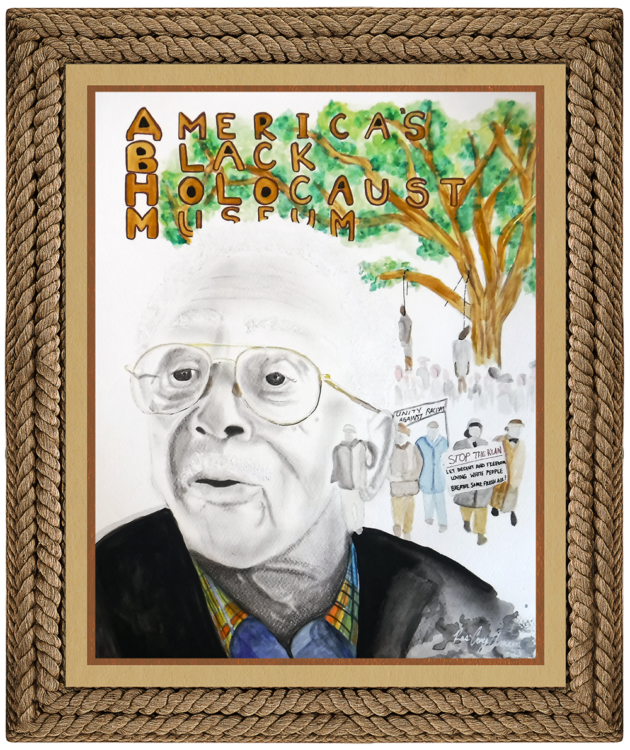
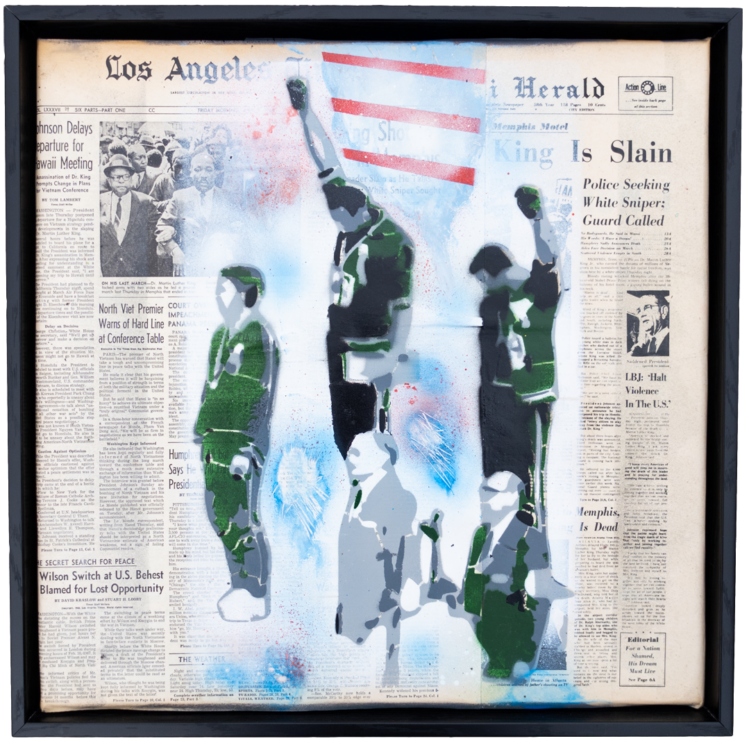
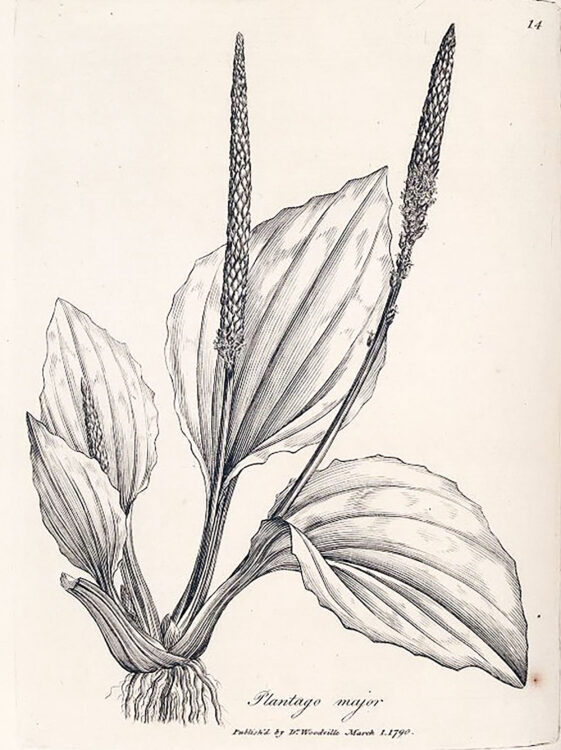
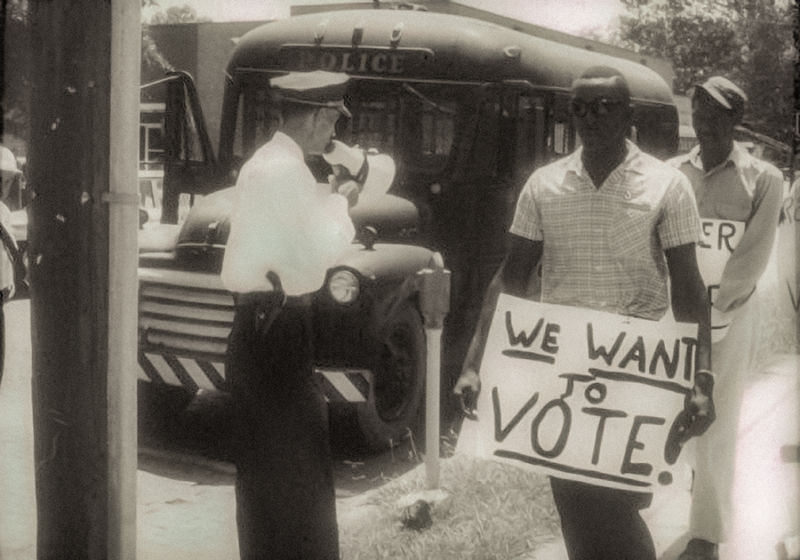

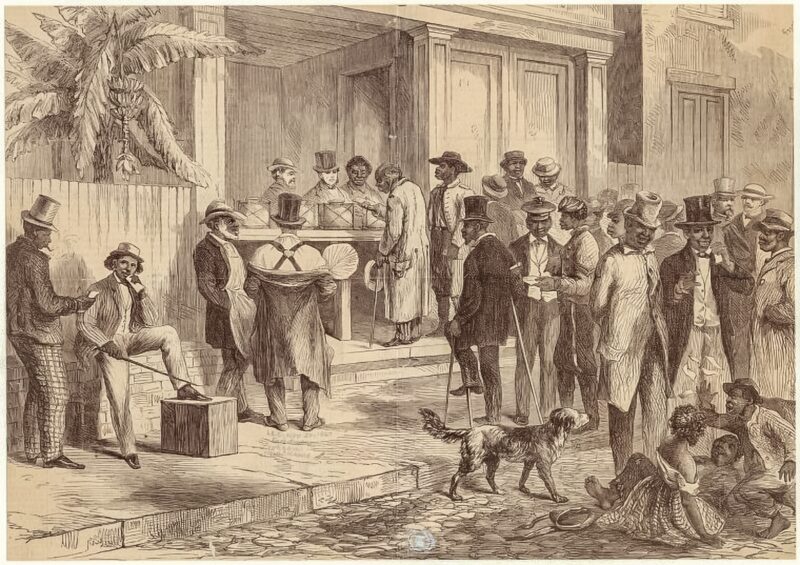
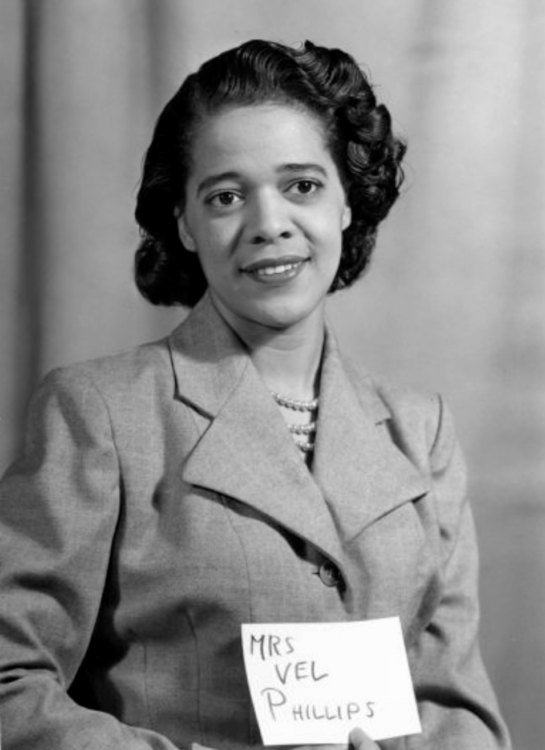
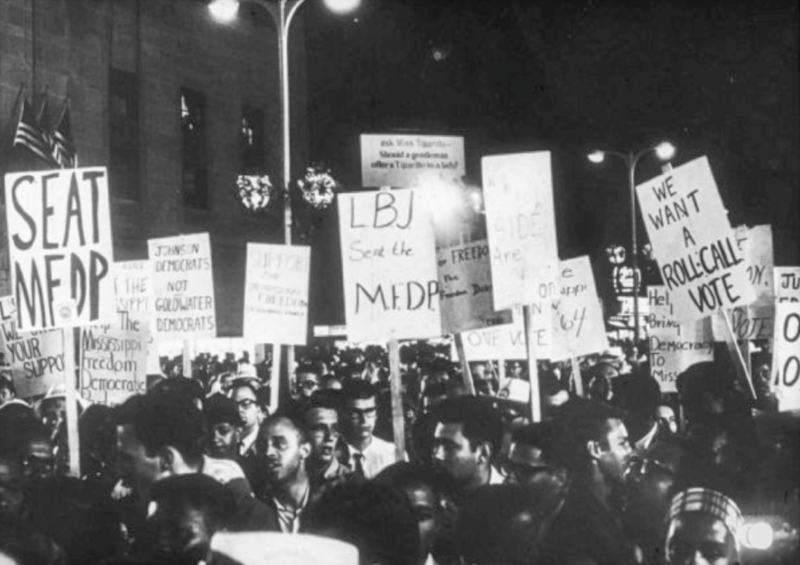
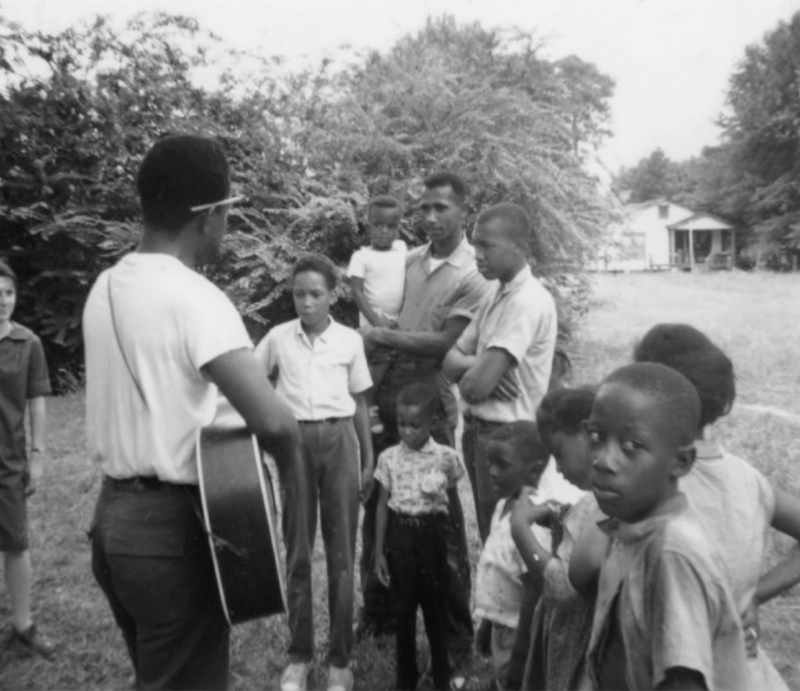
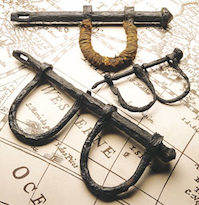
Comments Are Welcome
Note: We moderate submissions in order to create a space for meaningful dialogue, a space where museum visitors – adults and youth –– can exchange informed, thoughtful, and relevant comments that add value to our exhibits.
Racial slurs, personal attacks, obscenity, profanity, and SHOUTING do not meet the above standard. Such comments are posted in the exhibit Hateful Speech. Commercial promotions, impersonations, and incoherent comments likewise fail to meet our goals, so will not be posted. Submissions longer than 120 words will be shortened.
See our full Comments Policy here.